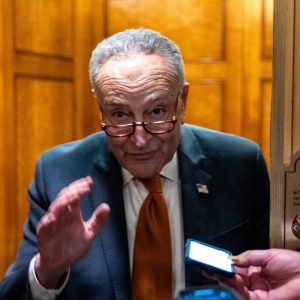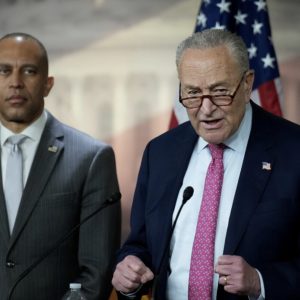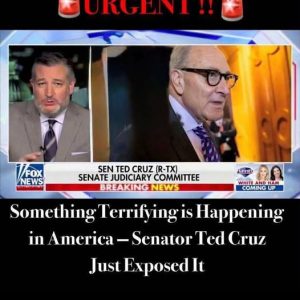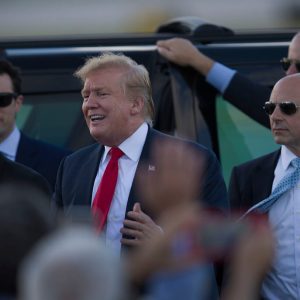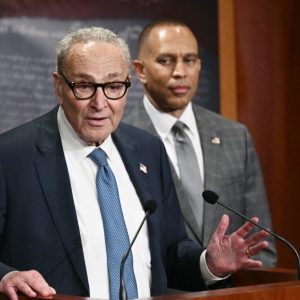Fresh activity has been detected at Iran’s Fordow nuclear facility following recent U.S. airstrikes, raising concerns that the damage inflicted by American bunker buster bombs on June 21 may not have been as severe as initially claimed.
Satellite images captured by Maxar Technologies over the weekend show a new access road, cranes, an excavator, and several vehicles at the site. According to the BBC, the images appear to reveal ongoing construction at the underground uranium enrichment plant. Nuclear weapons expert David Albright suggested the work may involve backfilling craters, assessing damage, and conducting radiological sampling.
These developments have cast doubt on President Donald Trump’s assertion that the strike had “totally obliterated” the facility. Speaking at a NATO meeting in The Hague, Trump claimed that Israeli agents inspected the site and confirmed its destruction. He added that Iran had no opportunity to relocate nuclear materials prior to the strike and warned of further U.S. action if enrichment resumed.
Trump went so far as to compare the Fordow and Natanz bombings to the atomic strikes on Hiroshima and Nagasaki, arguing they had a similarly decisive effect. However, intelligence reports contradict that narrative. A preliminary analysis suggested the damage may delay Iran’s nuclear program by only a few months.
A leaked Defense Intelligence Agency report, rated “low confidence,” echoed that assessment but was largely ignored by major outlets. Defense Secretary Pete Hegseth confirmed this week that the FBI and Pentagon are investigating the leak, with possible criminal charges ahead.
Meanwhile, CIA Director John Ratcliffe stated that key Iranian nuclear infrastructure had been destroyed and could take years to rebuild. However, Vice President JD Vance admitted the U.S. remains unsure of the whereabouts of Iran’s 400kg stockpile of 60% enriched uranium—a point also raised in IAEA reports, which Trump dismissed.
Trump said a U.S.-Iran meeting is likely next week, noting, “We may sign an agreement, or we may not.” On the possibility of lasting peace between Israel and Iran, he remained skeptical: “They’re both tired… but could it start again? Maybe. Maybe soon.”
